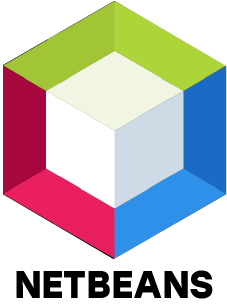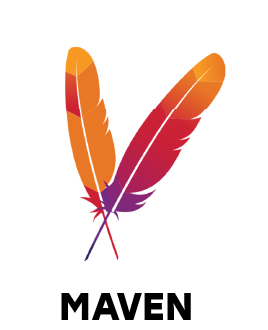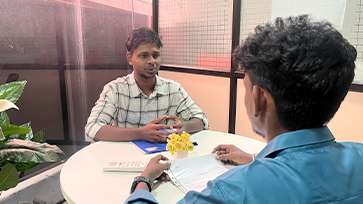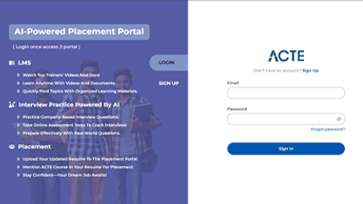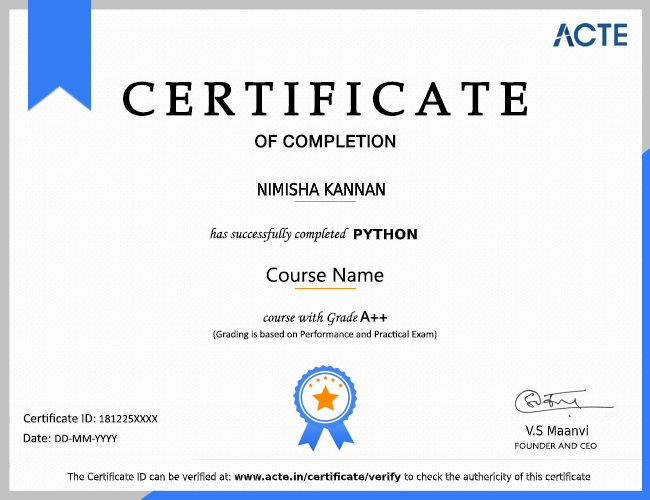Java Platform is a collection of programs that helps programmers to efficiently develop and run Java applications. It includes an execution engine, a compiler and a set of libraries in it. It is a set of computer software and specifications. James Gosling developed the Java platform at Sun Microsystems and it was later acquired by the Oracle Corporation.Get JOB Oriented ACTE Java Class Room & Online Training Course. Hurry UP -> Enroll Now!!!
Yes Java is good programming language for IT career. ... So still there is big demand for Java Programmers in all over the world. Look this image: To become good Java Developer one must improve knowledge in the following areas to work on Java Web/Enterprise Application projects.
One should have the competent skills to get an employment with IT companies as many companies are looking for the professionals, who can manage multiple projects in J2EE and augments the industrial efficiency. The average pay for a Java Programmer is Rs. 391,797 per year.
Though there are times when Java development slows down, Java has responded well. ... You can get tons of Jobs opportunity by learning Java programming language; you can develop core Java-based server-side applications, J2EE web and enterprise applications, and can even go for Android-based mobile application development.
We are happy and proud to say that we have strong relationship with over 700+ small, mid-sized and MNCs. Many of these companies have openings for Java analyst. Moreover, we have a very active placement cell that provides 100% placement assistance to our students. The cell also contributes by training students in mock interviews and discussions even after the course completion.
The programs that we are writing are very similar to their counterparts in several other languages, so our choice of language is not crucial. We use Java because it is widely available, widely used, embraces a full set of modern abstractions, and has a variety of automatic checks for mistakes in programs, so it works well for students learning to program. There is no perfect language and you certainly will find yourself programming in other languages in the future.
You must know at least the basics of how to use a computer, and should be able to start a command line shell. If you are new to programming then Introduction to Programming is strongly recommended. If you already know C++ or any other Object-Oriented language, Java should be easy to pick up.
Yes, Although Java has evolved from C and C++, but these languages are not a pre-requisite to learn Java. ... Then again, if you are able to understand Object Oriented Programming and master the usage of Java, then the book Introduction to Algorithms by CLRS is more than enough to keep up your interest in coding!
Our courseware is designed to give a hands-on approach to the students in Java. The course is made up of theoretical classes that teach the basics of each module followed by high-intensity practical sessions reflecting the current challenges and needs of the industry that will demand the students’ time and commitment.
Java Is Very Fast By learning the Java programming language in 2020, you will enter the world of JVM. This world is very fast. Don't listen to those who still claim that Java is slow compared to compiled languages like C and C++. The so-called slowness of Java is a myth that has lived on.
If you have some familiarity with C/C++ programming, then it is easy to learn to code in Java. You can probably start writing programs in a few weeks. If you are not at all familiar with object-oriented programming languages, it will be anywhere between 2 and 6 months before you write bigger programs using Java.
Opportunities for career for a Java programmer / developer are excellent. At this juncture, it is important to remember that the role of a Java developer is much more than just Java coding. In most organizations, the development of the software is an integral part of the engineering/business process. However, your qualifications, experience, and interest also matter. With the right talent and combination, there is a good chance that an experienced Java developer can advance into senior technical or management roles in the future.
The Future of Java
The future of Java is bright. But with so many planned changes, and a growing list of JDK distributions, it it can be hard to picture what this future may look like.
We give an overview of the language and platform improvements happening in OpenJDK, what the future looks like for Java technologies, and how the landscape may change with the arrival of new Java LTS versions.
Language and Platform Improvements
As we talk about in depth in this breakdown of the JDK enhancement process, Java as a language is guided forward via a series of JDK enhancement proposals. These proposals range in terms of scope, and are most-often considered to be minor changes by most developers. But some changes, like Lambdas in Java 8, for example, can alter the function and utility of Java in major ways.
How Is Java Changing as a Language?
The easiest way to map how Java is changing as a language and platform is to review the ongoing improvements to the language via JEPs, and to frame them within the larger context of OpenJDK projects.
Project Amber has so far been the primary contributor to language changes under this new release cadence. Language improvements such as Text Blocks, Local-variable type inference and Switch expressions have all come from Project Amber.
Other bigger projects are in the works, bringing both language and API changes with them. Project Panama works to improve how Java works with non-Java APIs while other projects like Project Loom work to improve the language and platform’s asynchronous programming techniques. Project Valhalla, as we look at below, is working on value types for Java.
What Is Project Valhalla?
Project Valhalla is an OpenJDK project led by Brian Goetz. One of the primary focus areas of this project is to explore and incubate advanced JVM features, most notably value types, or inline classes as they are called now. Inline classes “codes like a class, works like an int!”. Meaning data types that are pure value based and without an identity. Java currently has eight such types, the eight primitive types. Every other type in Java is a reference type with an identity. For an in depth look at the current state of Project Valhalla, see Brian Goetz “State of Valhalla."
Inline classes add a lot of possibilities to the language, but the Java mantra of compatibility makes it not a trivial task to implement, and Valhalla has gone through several prototype implementations over the past five years. The lack of identity of inline classes means they can be treated just like a value, and can be copied around, and can be flattened in an array for denser storage and eliminating the reference indirection. Some existing types in Java will likely be converted into inline classes as well, and generics will be expanded to support inline classes, meaning you would finally be able to have a List<int>.
Future JDK Enhancement Projects
While it's hard to predict which JDK enhancement projects will be created and favored in the future, curious developers can often get insight into potential projects via the public mailing lists for OpenJDK
Project Leyden
One recent project up for discussion is Project Leyden. This project by Mark Reinhold from Oracle targets improvements related to performance complaints about Java. Specifically, the project looks at "slow startup time, slow time to peak performance, and large footprint" for Java.
Leyden targets these areas by creating an ahead-of-time compiled static image based on existing JDK components (not GraalVM components) with only the files absolutely necessary for operation. The Project Leyden discussion further outlines the ability to switch between Leyden static images (for JDK), Native Images (for GraalVM) and other conforming static image implementations as they're developed in the future.
While this project may not come to pass as Project Leyden (it could very well be grouped into another project, abandoned, or refocused entirely), it does give a glimpse into how the future of Java is shaped.
The Future of Java Technologies
While it’s hard to predict the next big innovation in Java development and how that will impact the direction of Java as a language, you can certainly trace the impact that big changes in the Java enhancement process have had on dependent technologies.
Reactive Java Technology Changes
Not all changes to Java technologies are innovative in nature. Many of the changes we see in Java technologies are reactive and based on keeping up with the innovations of the language itself. While this is not a new thing – developers have always needed to ensure compatibility with the latest features and releases – the pace of new OpenJDK versions means that technology developers need to be ready to support a new release every six months. And, while it’s not as important for non-LTS versions in terms of missing out on market share, it’s still important.
Innovative Java Technology Changes
Other changes to the Java technology ecosystem can be seismic in nature – impacting technologies across all development languages. With big data, and a 100% polished user experience as the new normal, technology companies are forced to innovate to exceed those demands, or risk becoming irrelevant.




